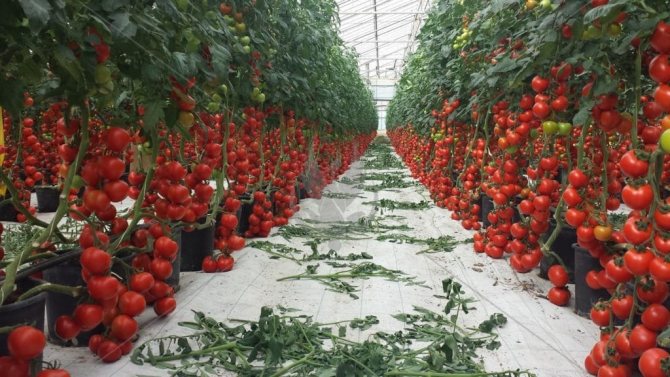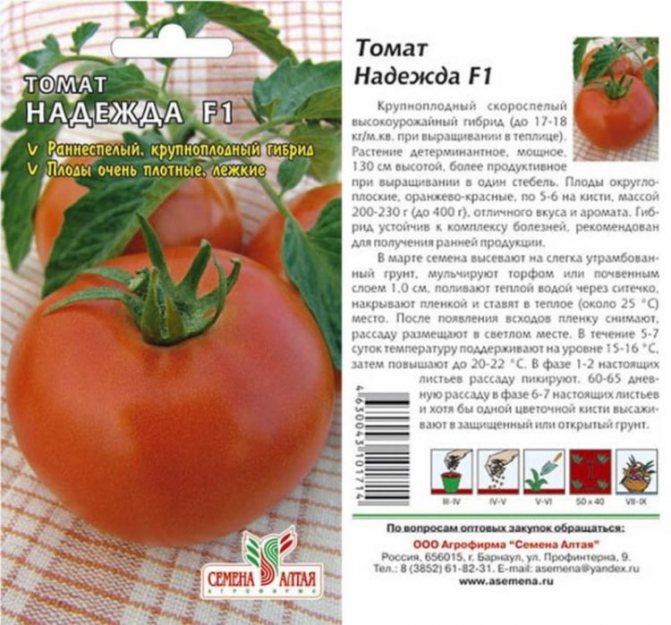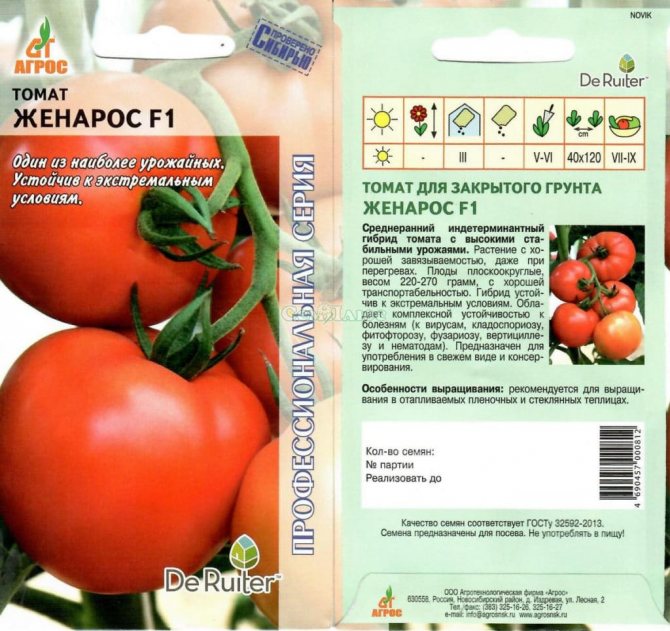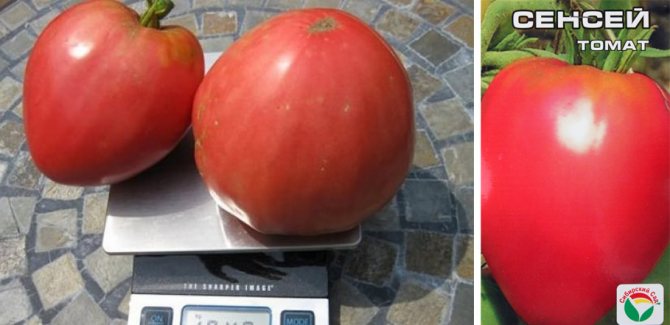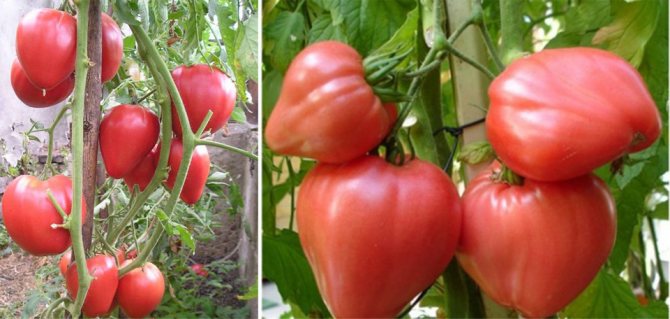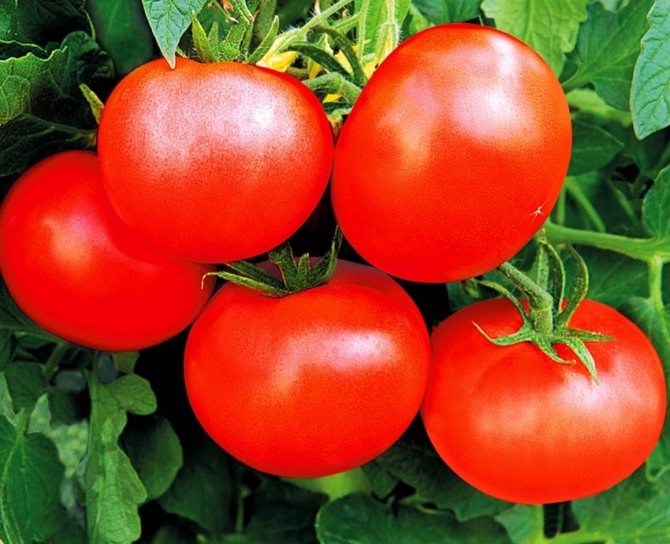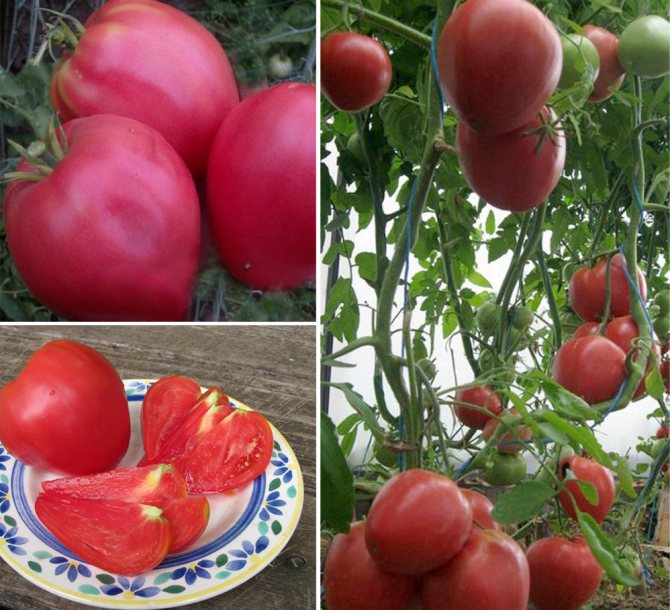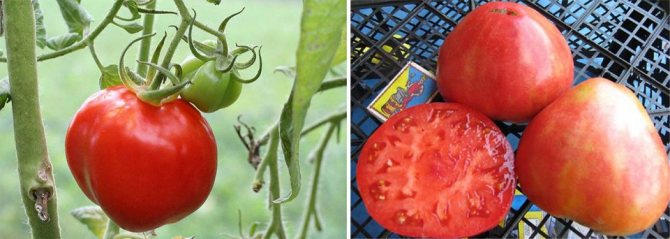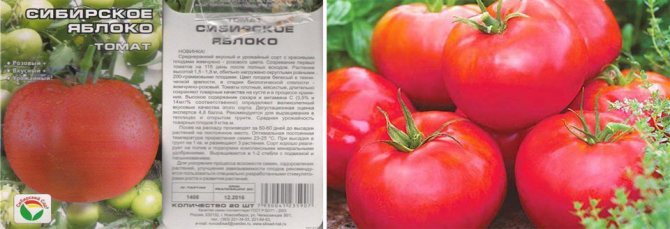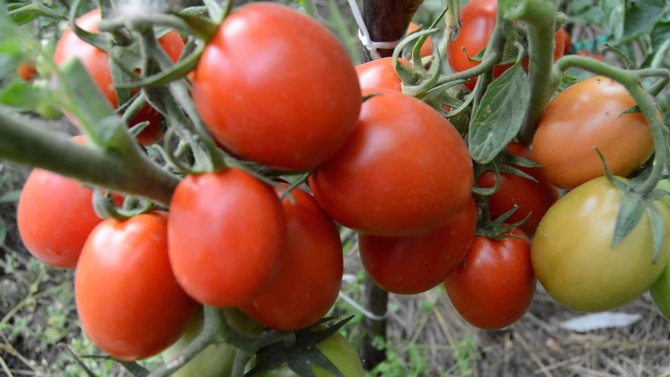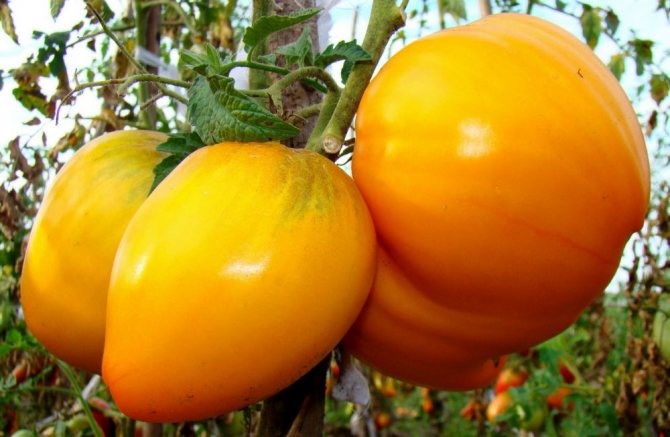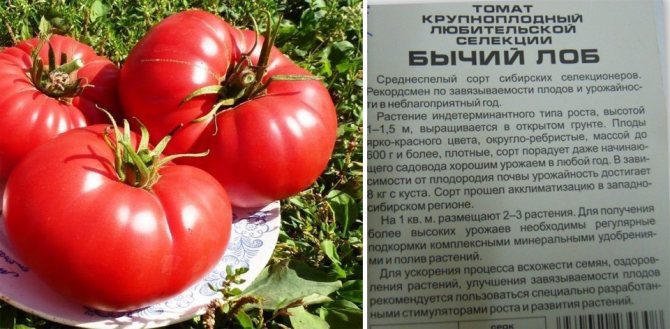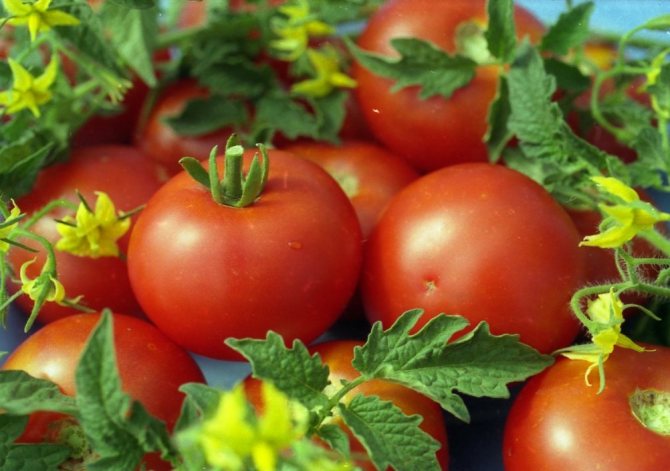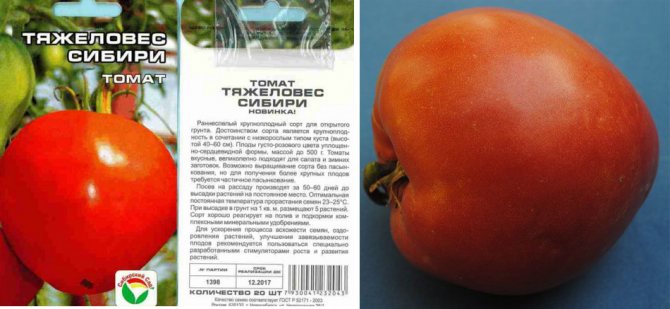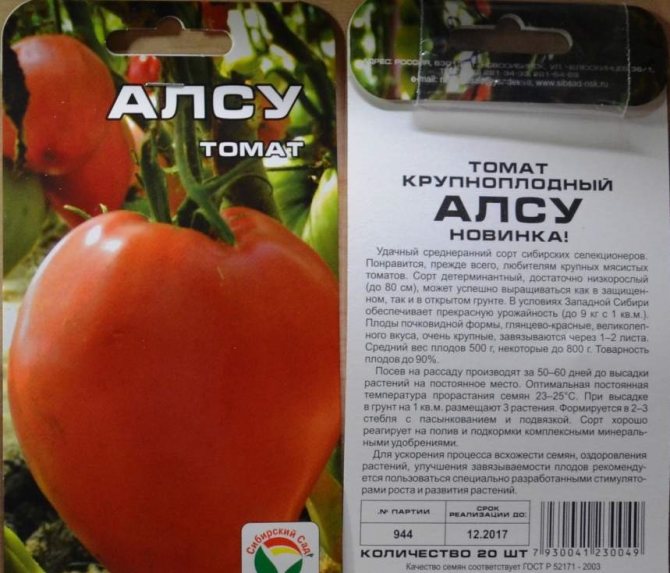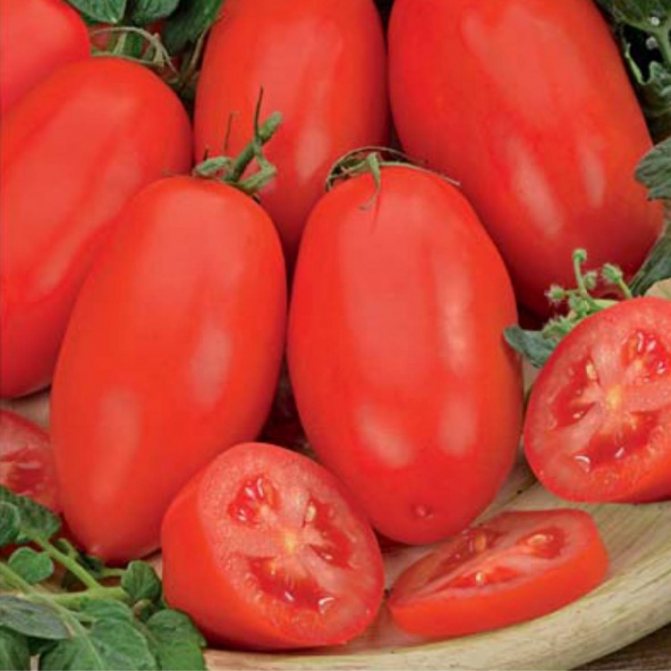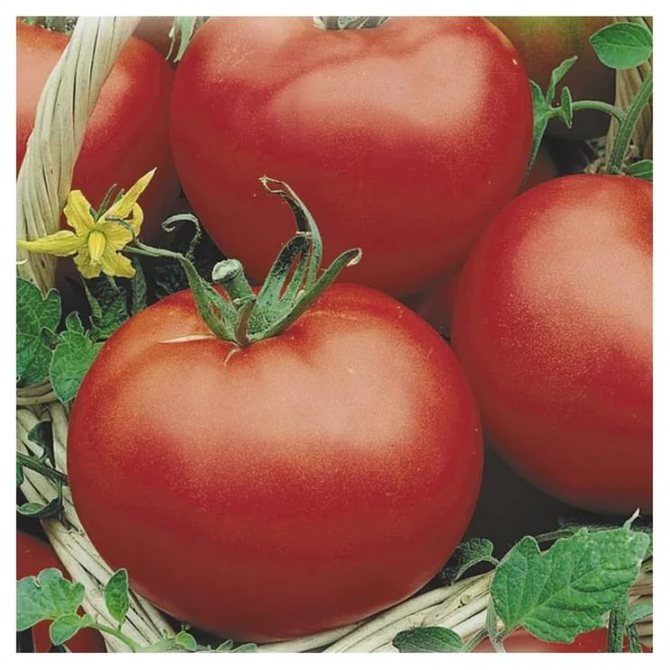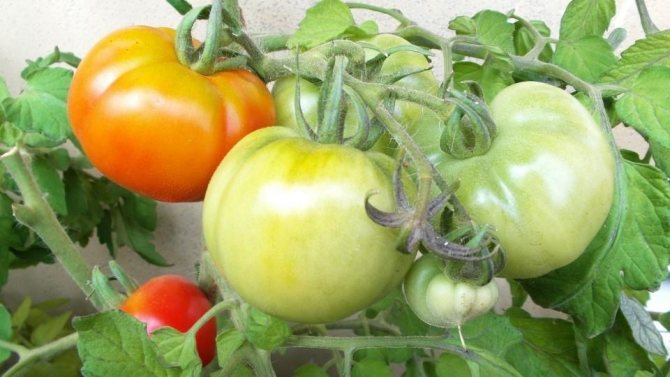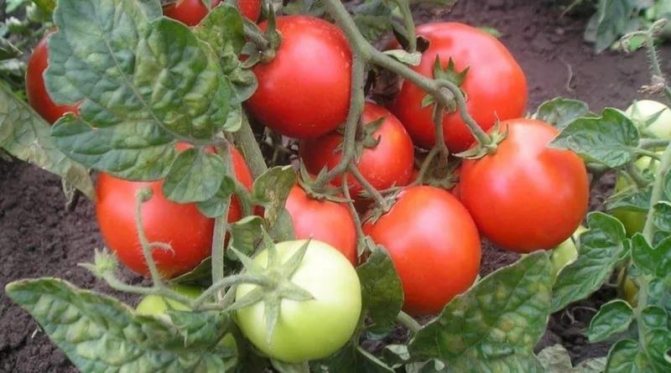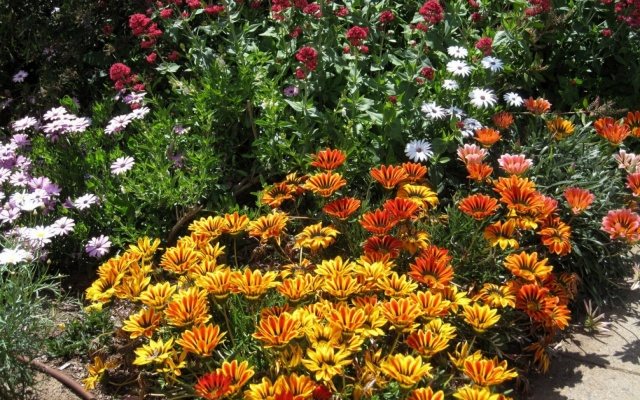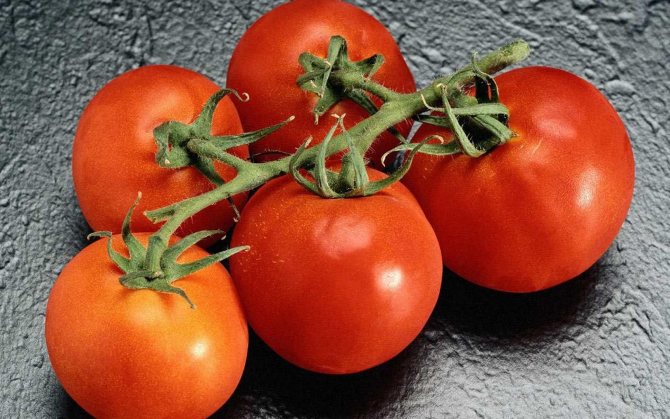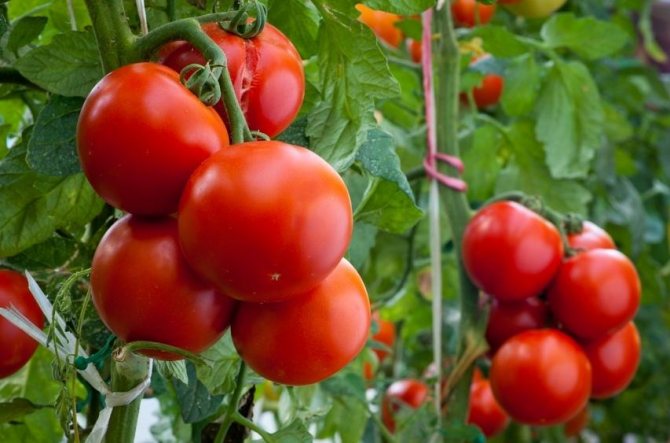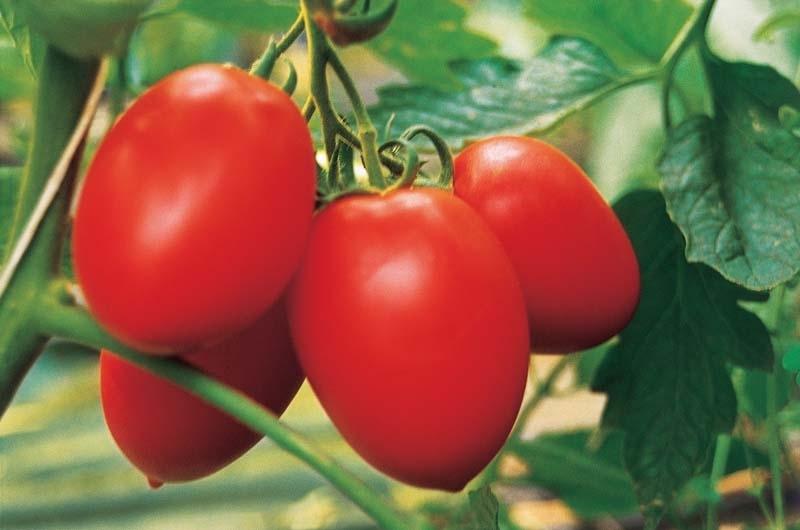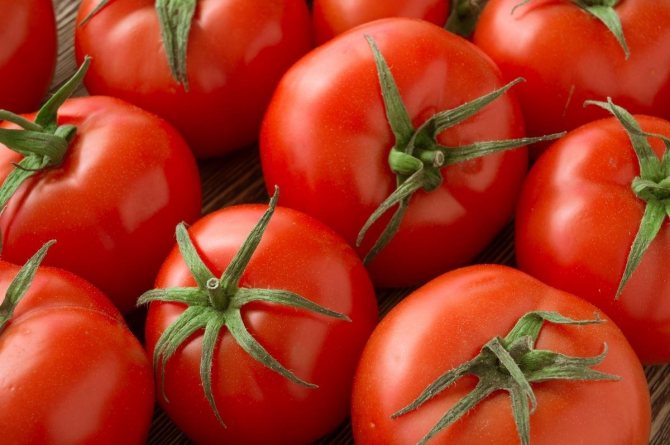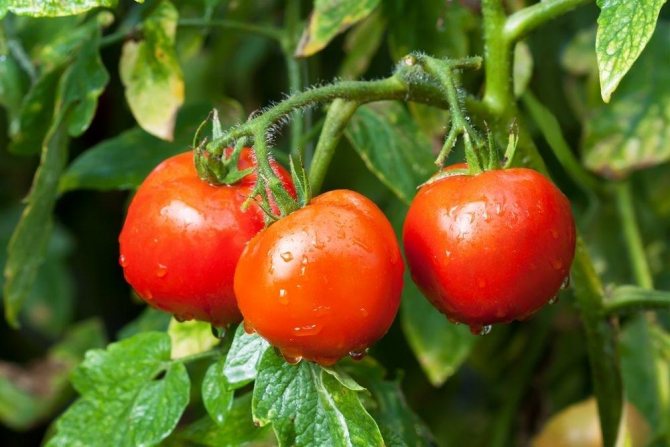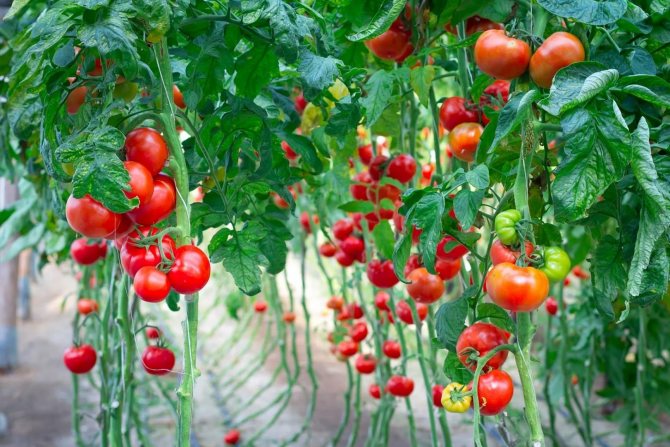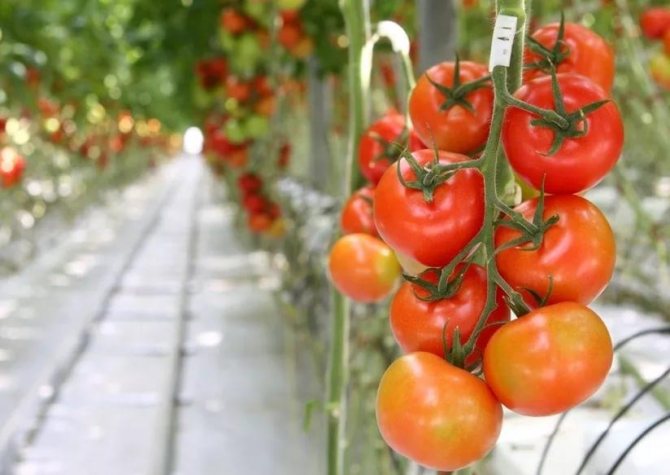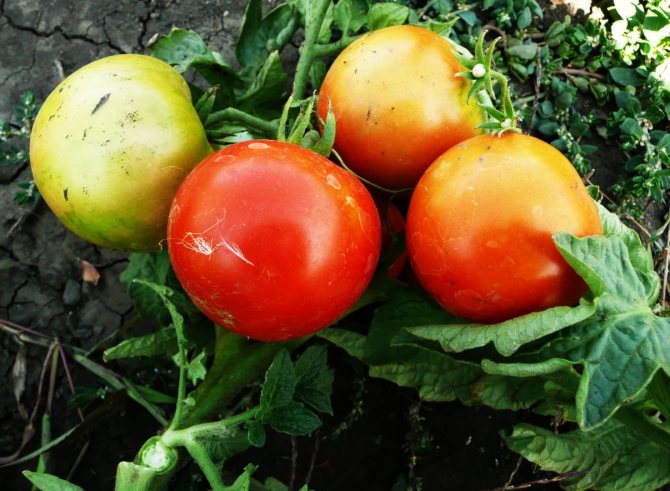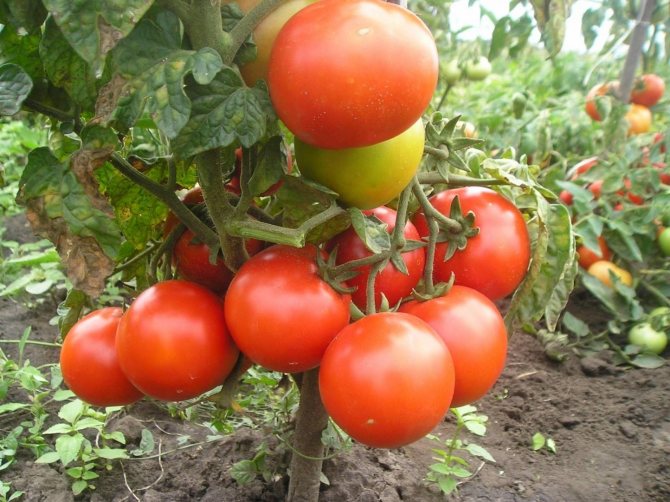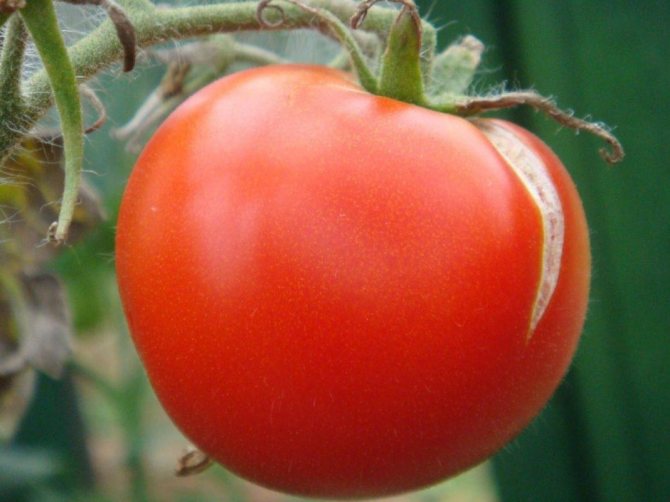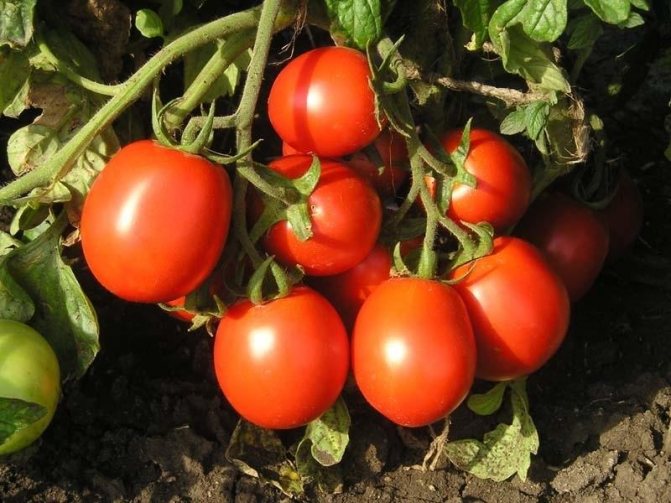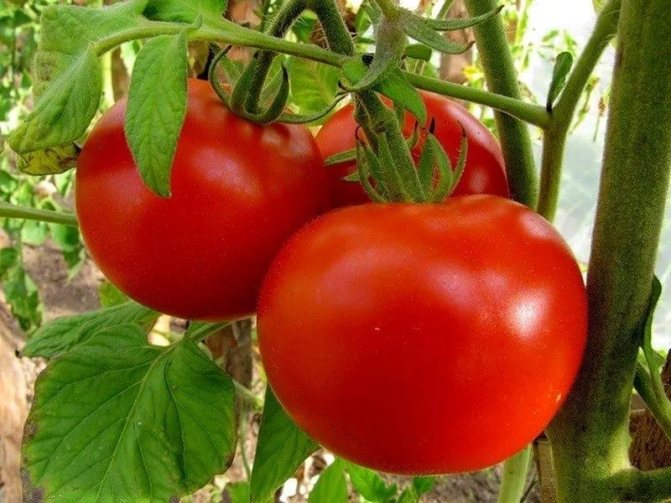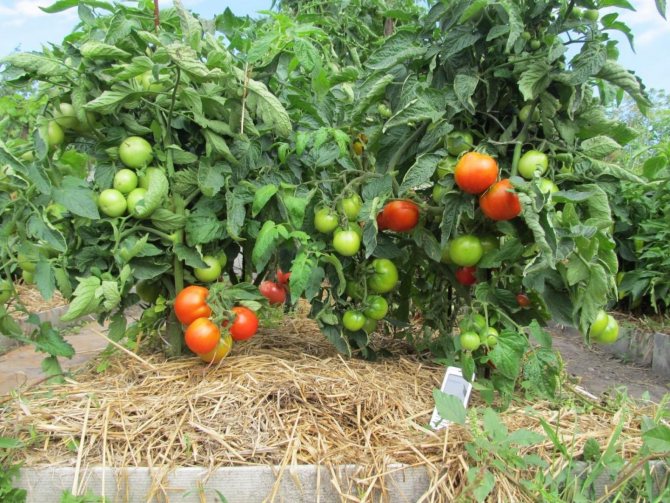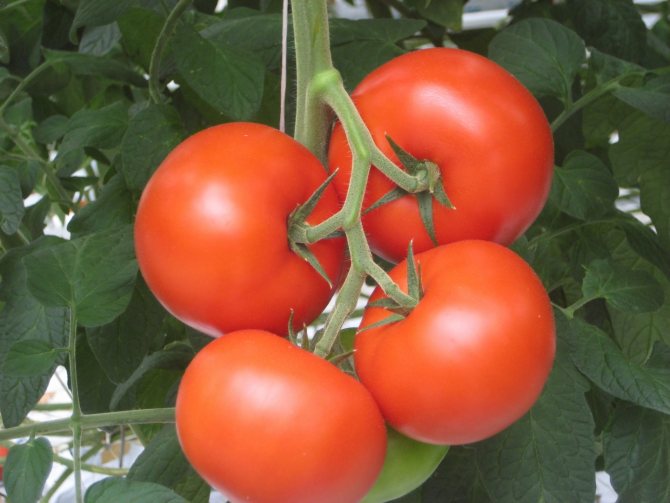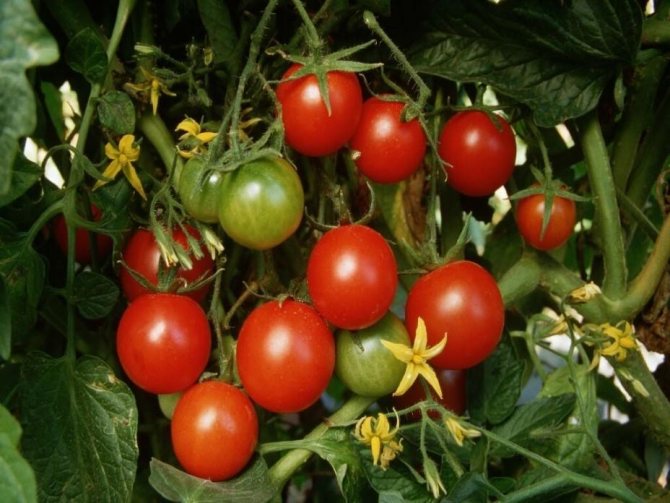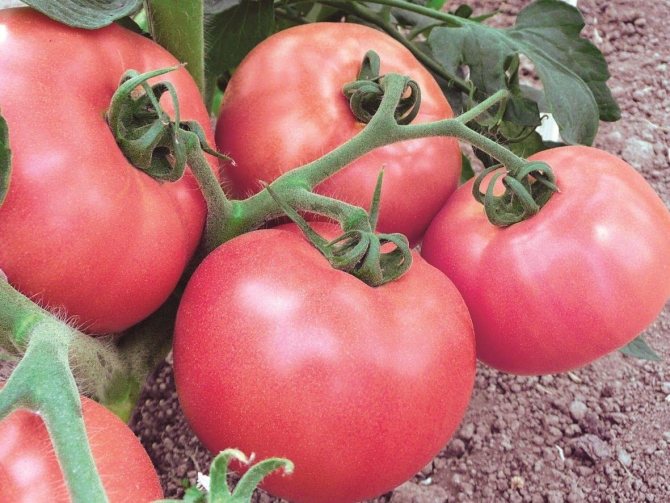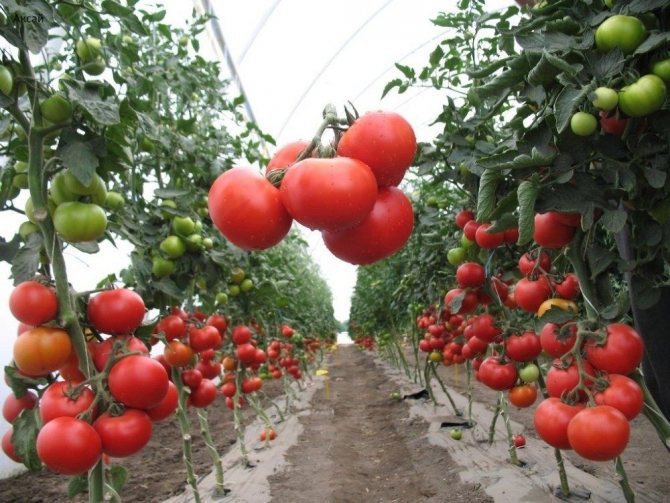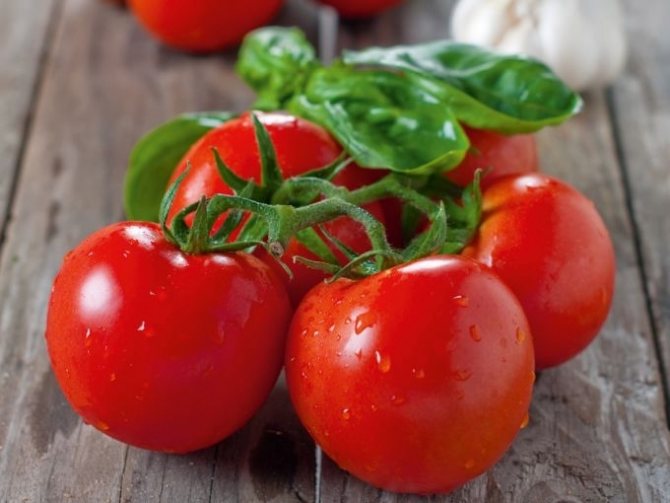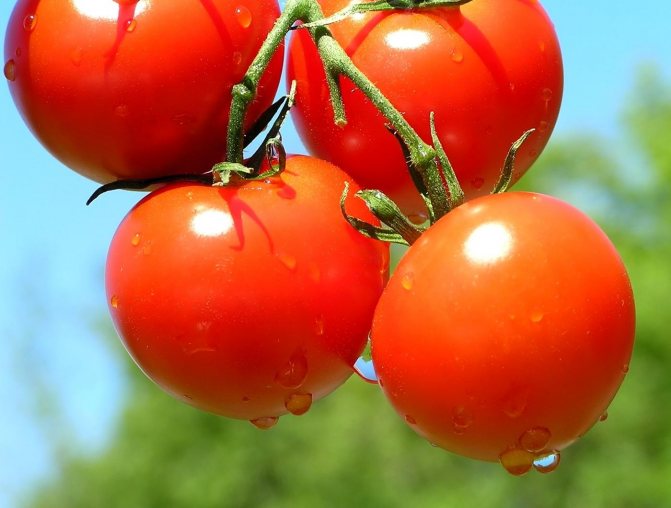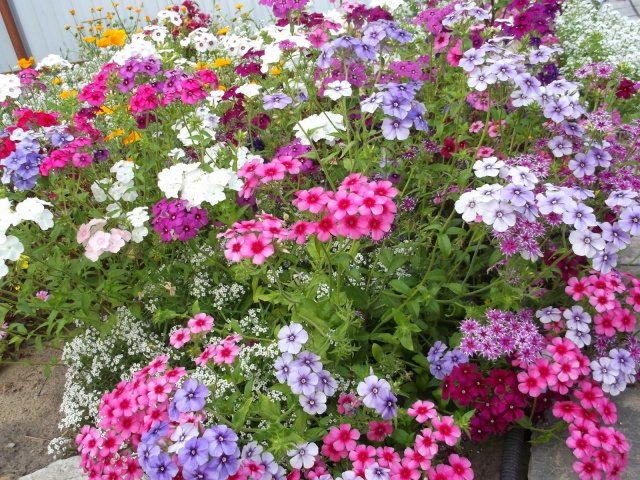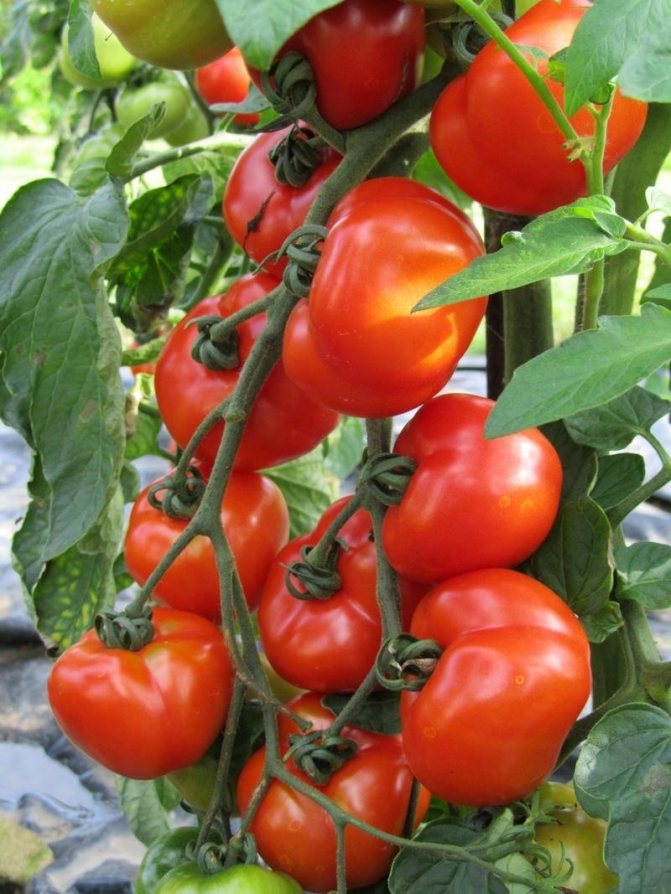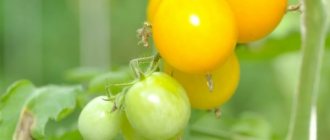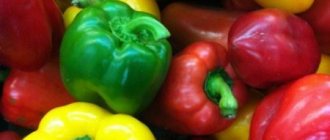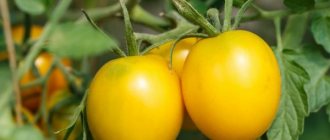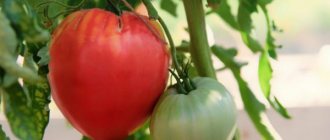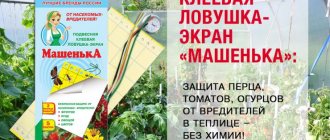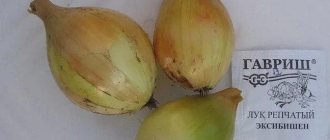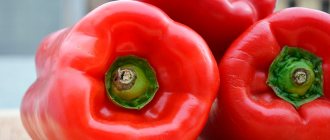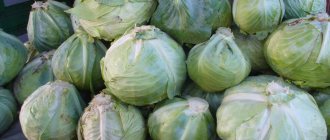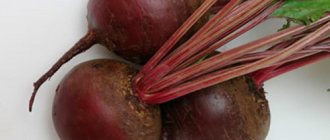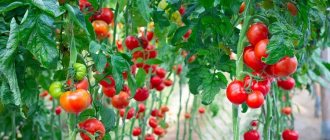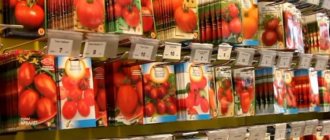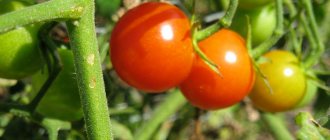Author rating
The author of the article
Yakov Pavlovich
Professor, Head of the Department of Vegetable Growing
Articles written
153
Indoor ground partially smoothes out the weather differences in the regions. But there are many factors that affect the greenhouse microclimate: the length of daylight hours, the number of sunny days, the sum of active temperatures, air humidity and many others. Tomatoes for Siberia, even growing in a greenhouse, must undergo the most stringent selection. The best varieties and hybrids have complex endurance to possible negative factors - cold and heat, sudden changes in temperature and humidity, fungal infections. Siberian greenhouse owners prefer early maturing varieties and hybrids of tomatoes, tall enough for rational use of space.
Recommended best varieties of tomatoes for Siberia in a greenhouse
By growing vegetables in a greenhouse, you can achieve a bountiful harvest with tasty, juicy fruits. But since conditions in Siberia are rather difficult for this business due to the short summer, it is important to choose the right varieties of future tomatoes.
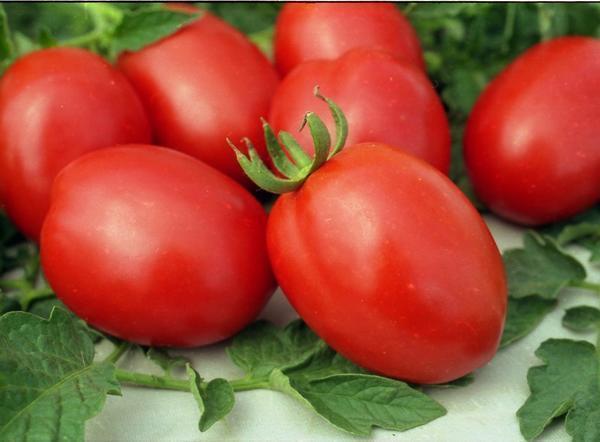
So, the best tomato seeds for growing in greenhouse conditions:
- Siberian precocious - ripens early and gives tasty, round fruits with an average weight of up to 110 g.
- De Barao - perfectly tolerate cold weather and have an amazing taste. One of the best varieties for growing in Siberia.
- Lovely lady - each tomato of this variety weighs up to 150 g. Ties even under the most unfavorable conditions. Up to 7 fruits can appear on one brush, and about 10 kg from a square metric.
- Miracle The earth - tomatoes of this variety are obtained with a raspberry tint with an average weight of up to 380 g per sq. m collect up to 13 kg of vegetables.
- Pride Siberia - an early ripening variety that produces sweet tomatoes weighing up to 900 g.
- Great warrior - an early ripe species that gives fruits weighing almost half a kilogram. The yield of this variety is approximately 9 kg per sq. m.
For cultivation in the east of Siberia, you can recommend such seeds as: "Gina", "King of Siberia", hybrid "Siberian Express F1". They are delicious and perfectly tolerate all temperature fluctuations.
Tall tomatoes for Siberia: 5 greenhouse varieties
Alsou
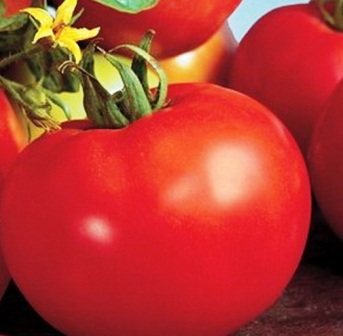

In the photo, a variety of tomatoes Alsou
The variety is distinguished by a bush height of about 80 cm. Alsou can also be planted in open ground, since the variety was bred specifically for Siberia.
Red tomatoes are very large and strong; they do not wrinkle or get damaged during transportation. Each tomato weighs about 800 g. When grown in a greenhouse, at least 9 kg of crop can be harvested from one square meter of plantings.
Scarlet candles
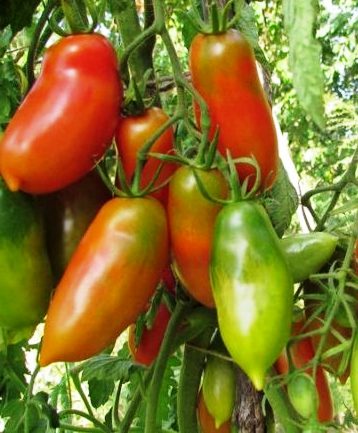

In the photo, a variety of tomatoes Scarlet candles
Powerful spreading plants can only be grown in greenhouses and preferably high ones. The bushes will need to be tied up, pinned, shaped.
The variety is distinguished by dense oblong fruits, which are the best suited for pickling and pickling. They have a firm skin and juicy pulp, the weight of each tomato is about 120 g. More than 12 kg of tomatoes can be harvested. Scarlet candles from one square meter.
Octopus F1
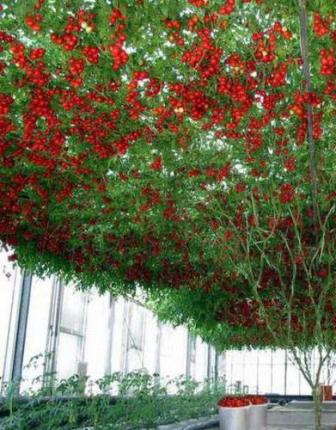

In the photo, tomatoes Octopus F1
These plants are whole trees. Vigorous bushes grow rapidly and grow up to six meters in height.This greenhouse hybrid in greenhouses with heating can bear fruit for up to one and a half years. Red fruits ripen 4 months after germination. Each tomato weighs an average of 150-180 g.
It will be interesting for you to know: TOP-8 of the best low-growing varieties of tomatoes for open ground
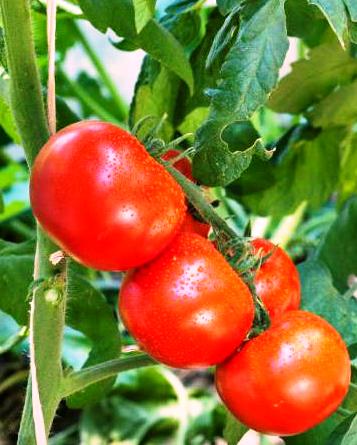

In the photo, the variety of tomatoes Octopus F1
Bull heart
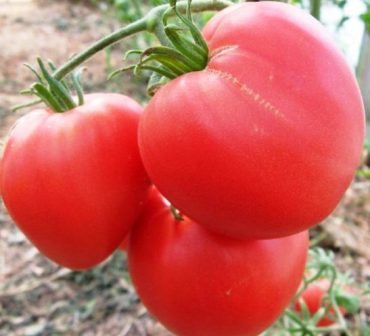

In the photo, a variety of tomatoes Bovine heart
The variety, familiar to gardeners, is distinguished by a bush height of more than one and a half meters, a ripening period of about 4 months, and large fleshy fruits. When grown under cover and properly cared for, more than 10 kg of tomatoes can be harvested from one plant per season, which have a sweet-fruity taste. The Bovine Heart variety is used mainly fresh. Large tomatoes are not included in jars, so they are not suitable for preservation.
Siberian malachite


In the photo, a variety of tomatoes Siberian malachite
A tall, mid-season variety with fruits of an unusual color. Dense, rounded tomatoes have a green-yellow color, on which, as it were, dark green strokes are drawn. Each tomato can weigh up to 150 g. They have a sweet taste and a lot of carotene. Tomatoes in a jar look very nice if you canned them. Productivity - more than 10 kg from each square meter.
Popular productive varieties of tomatoes for greenhouses in Siberia
In different regions of Siberia, the climate may differ, but, nevertheless, this is a rather cold region. And since tomatoes love warmth, it is still better to grow them in a greenhouse.
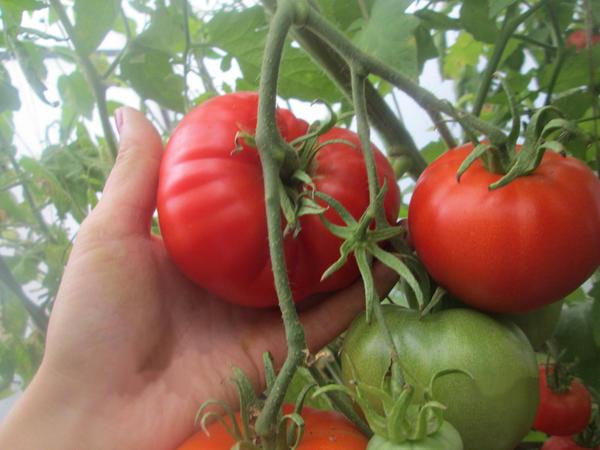

In order to harvest a lot of tomatoes, it is better to use the following fruit varieties:
- Altaic early - the fruits of such seeds grow up to a weight of 150 g and are distinguished by a high yield, as well as a pleasant taste;
- Babushkin secret Is a very high-yielding variety. Get up to 16 kg of tomatoes from 1 sq. m.The average weight of one tomato is 350 g.
- Gold Koenigsberg - have a stable, high yield. The fruits are usually golden in color with a weight of up to 400 g. The taste is somewhat reminiscent of apricots, so at one time this variety was known as "Siberian apricots".
- King Siberia - one of the largest-fruited varieties. Yellow tomatoes growing from such seeds can reach a mass of up to one kilogram. They are delicious, sweet, liquid.
- Titanic F1 - ideal for a greenhouse. Gives a large harvest of juicy and tasty tomatoes.
Factors influencing the choice of variety
When choosing tomato seeds, you need to understand in what difficult conditions tomatoes will have to grow, and therefore you need to know how to properly care for them. In addition, it must be remembered that tomatoes are subdivided according to the ripening period:
- Early;
- Medium early;
- Late.
Also, for gardeners, an important factor when choosing a variety is the color of the fruits, their size and taste. According to the color scheme, pomiodras are pink, green, yellow, striped and, of course, red.
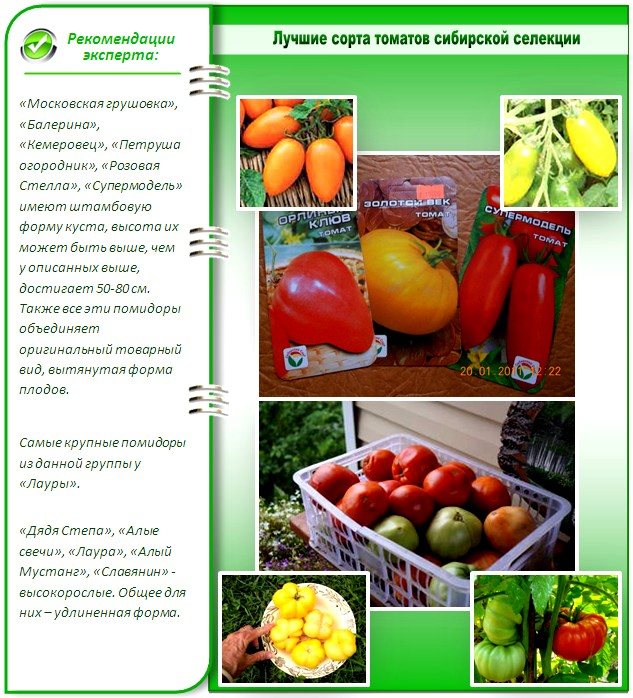

The best varieties of Siberian selection
Excellent Siberian varieties of tomatoes for greenhouses
Given the climate of Siberia, the breeders of this region are constantly improving in breeding more and more new varieties. For those who are just starting to take steps in growing tomatoes in such a climate, it is recommended to take only proven, positively reviewed and already proven seeds.
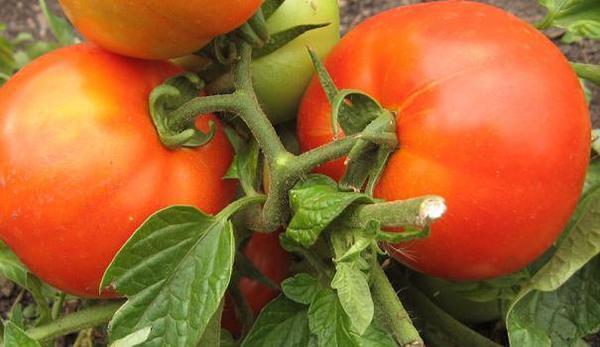

These types of Siberian varieties include:
- Bulat - This hybrid tomato is good not only for home consumption, but also for sale. Such tomatoes ripen very early and bear fruit well. They have a good, rich taste.
- № 172 - refers to mid-season hybrid varieties. Fruits grown from such seeds are usually large, weighing up to 250 g. About 3 kg of tomatoes can be removed from one bush of such a plant.
- Generator - another high-yielding, well-proven variety. The fruits are usually dense, oval in shape. Very tasty. Perfect for pickling for the winter.
- Greek - such tomatoes ripen quickly and are suitable for consumption in any form: fresh or canned. They have a rich, pleasant taste.
If tomatoes of variety "No. 172" for any reason were picked unripe, this is not a reason to throw them away. They will perfectly mature at home.
When to plant tomatoes for seedlings in the Urals?
The lunar calendar will help to get the desired harvest. All experienced gardeners who have been growing crops for several years are guided by it. The phases of the moon affect not only the planting, but also the care of the plants. When planted early, tomatoes begin to stretch upward, become thin and bloom quickly. This negatively affects the vegetable, the plant may die. If planting is too late, the tomatoes simply do not have time to grow. As a result, there is a meager or simply absent harvest.
According to experienced gardeners, it is necessary to transplant tomatoes to a permanent place when they reach 25-35 centimeters in height and have about 10 leaves.
The following factors also affect the sowing time:
- the rate of ripening of the vegetable;
- climatic conditions, the period of transplanting seedlings;
- where the culture will grow - in an open area or in a greenhouse.
The ripening period for different tomatoes is different. This should be taken into account before planting seedlings. For greater clarity, we give a table of planting periods:
| Ripening time | Time from seed germination to ripening (days) | The period through which tomatoes can be planted in a permanent place (day) |
| Superearly | 82-92 | 41-51 |
| Early | 92-101 | 51-56 |
| Mid-early | 101-106 | 56-61 |
| Mid-season | 106-121 | 61-71 |
| Late maturing | 121-131 | 71-81 |
As for planting seedlings in the Urals, taking into account weather phenomena and periodic frosts even in early summer days, it is better to plant vegetables in the garden after June 8-9.
Seeds are planted towards the end of March-early April, based on the ripening time. In this climate, you should not use long-maturing hybrids, they simply will not have time to grow and mature.
Delicious Siberian tomatoes for greenhouses
Siberian breeding tomatoes are distinguished from the rest, first of all, by their large size. As a rule, these are stunted plants that are not afraid of low temperatures. There are quite a few varieties of these seeds, and each gardener can choose a species to his liking.
By the way, hybrids are practically in no way inferior to the main varieties. But in any case, all seeds need to be grown in a greenhouse. You can plant them right away, or you can pre-soak them in Epin.
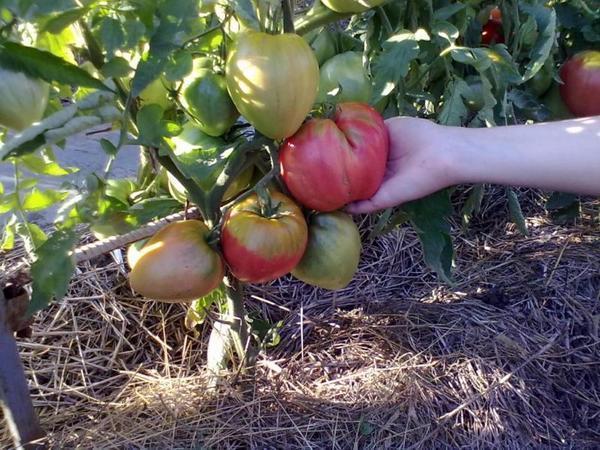

So, the best varieties:
- Abakansky pink - is frost-resistant and ripens very quickly.
- Grandee - sweet, rich fruits, very large in size. One tomato can weigh 1 kg. Perfect for both fresh consumption and preparation for the winter.
- Sensei - one of the early maturing varieties bred by Siberian breeders. Tomatoes are sweet, tender, but intended exclusively for salads.
- Chanterelle - sweet tomatoes, perfect for preservation for the winter.
- Malachite box - very unusual large yellow tomatoes with melon flavor. Very sweet and juicy.
- Bullish forehead - seeds very resistant to unfavorable conditions. The fruits weigh about half a kilo and differ in yield.
Also noteworthy are such varieties as: "Sabelka", "Monastic meal", "Demidov", "Nastenka" and others.
The Siberian series also contains cluster tomatoes that perform well in various conditions:
- Siberian abundant;
- Bulls-eye;
- Rugby;
- King of Siberia.
Requirements for varieties for successful cultivation in the Urals
Tomatoes are a vegetable that prefers warmth and sunshine. The seeds of the plant are capable of sprouting under temperature conditions of plus 11 degrees. The period of full ripening is 95-100 days on average.A rich harvest requires constant heat between 24 and 25 degrees Celsius.
Summer periods in the Urals or Siberia do not last long. Therefore, the optimal period for growing tomatoes is 80-100 days. However, the growing season lasts much longer.
When choosing a variety for planting in the Ural or Siberian climate, you should pay attention to the frost resistance of the vegetable, and its early maturity. Now there are a large number of varieties of hybrids suitable for planting in the Urals.
There are tomatoes with 2 or more chambers. 2 chambers are present in thick-walled tomatoes. These crops are grown in greenhouses or open beds. Tomatoes have a fleshy, sweet flesh. The created hybrids easily endure the harsh climate of the Urals and Siberia, resist diseases and fungal spores.
Tomatoes for growing in the Urals in a greenhouse or on the street differ in the following characteristics:
- ripening rate;
- growing options;
- taste characteristics;
- the height of the tomato bush.
The requirements that gardeners place on the Ural vegetables:
- Thermal endurance. Tomatoes must withstand periods of heat, droughts, and lower temperatures at night. This even applies to plants growing in a greenhouse. In the absence of weather resistance, even the most fertile varieties will not be able to please with a bountiful harvest.
- Fast ripening. It's not just the short summer. When growing crops in greenhouses, fungal spores often enter the soil. Tomatoes must be harvested before they become infected with late blight.
- The fruits themselves should tolerate transportation well and not deteriorate for a long time.
- Plants must be resistant to disease. This quality ensures a rich harvest.

